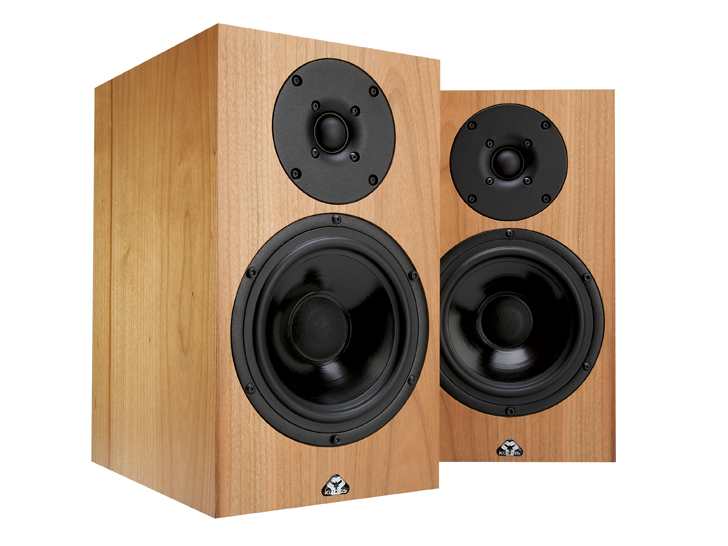TechRadar Verdict
While UK/European manufacture keeps the price high, this delightful speaker ably demonstrates the advantages of a high-quality standmount, with fine voicing and well controlled box effects.
Pros
- +
Classic design
- +
Lively sound
- +
Fine voicing
Cons
- -
Quite expensive
Why you can trust TechRadar
Kudos is best known for making some of the highest quality speaker stands around. Once owned by Neat Acoustics, the brand is now independent again (headed by ex-Neat designer Derek Gilligan) and has added loudspeakers and equipment stands to a growing product portfolio.
A year ago we tried the Cardea C10, a fine performer indeed, but a costly one at £2,200 per pair. This time around, we're looking at its C1 brother, a speaker that looks very similar indeed, but costs a lot less at £1,450 per pair. The two share the same enclosure and bass/mid unit, the key differences lying in the tweeter, crossover components and cabling.
Which is not to say that the ingredients used in the C1 aren't high-quality; they're just a little less exotic. £1,450 is still a high price to pay for a compact two-way standmount, but it does reflect the fact that the components (from European sources) are all of the highest quality, with the speaker put together in the UK.
This is a classic design in the true sense of the word, in terms of its size, proportions and presentation. The sharp-edged 12 litre reflex-ported enclosure is built from 18mm MDF, damped internally and handsomely finished in a selection of very attractive 'book-matched' real wood veneers, in walnut, cherry, sycamore or rosenut. Both drivers are flush-mounted into the front, while the optional 'teardrop' grille uses hidden magnets instead of mounting lugs.
On the drive unit side of things, Kudos works with Norwegian specialist SEAS. The bass driver has a 180mm frame and a 120mm doped paper cone, while the tweeter here is the highly regarded 25mm fabric dome Excel, in place of the very costly Crescendo used in the C10.
Twin well-spaced terminal pairs provide a bi-wire or bi-amp option and are mounted on a solid recessed board. Surprisingly, no terminal links are supplied for those who prefer to feed each speaker with just one cable pair: the recommendation is to make up short links from the actual speaker cable being used, which sounds like a rather good idea.
Sound quality
Best kept well clear of walls, to avoid unwanted emphasis of the mid-bass port output, some limitations in bass weight and ultimate extension were only to be expected. In every other respect the C1 proves a delightful communicator and while it emphasises what a compact stand-mount might lose on the deep bass swings, it makes up for on the lack of box effects.
Box coloration is very low here and one consequence is an airy and spacious stereo image, with a lightness of touch that any design would envy. There is some upper mid empasis here and a lack of warmth and drive through the bass region, but it doesn't spoil the fine voicing and innate sweetness of a very entertaining speaker.
The inherently low coloration contributes to a dynamically expressive speaker with good pace and timing, fine coherence and a lively 'bouncy' character.
While performance might lack the ultimate sense of scale, the music always sounds involving and engagingly light on its feet.
The TechRadar hive mind. The Megazord. The Voltron. When our powers combine, we become 'TECHRADAR STAFF'. You'll usually see this author name when the entire team has collaborated on a project or an article, whether that's a run-down ranking of our favorite Marvel films, or a round-up of all the coolest things we've collectively seen at annual tech shows like CES and MWC. We are one.
